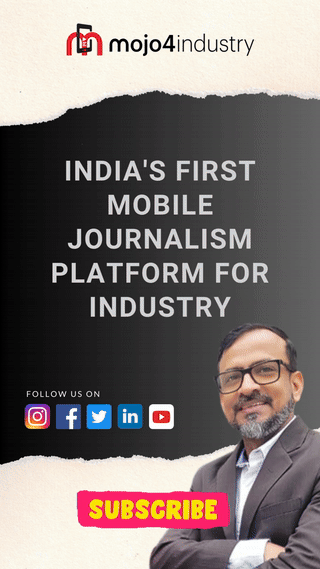How can India become a Solar PV superpower?
Despite being the third-largest market for solar in the world, India still has a long way to go when it comes to become “Atmanirbhar” or self-reliant in this domain.
While the Indian government has taken several steps to promote domestic manufacturing, there are still various obstacles that the industry needed to address.
On the sidelines of Renewable Energy India Expo 2023, industry veterans Rajinder Kumar Kaura, CMD, Bergen Group and Dr. DN Singh, CEO, Bergen Solar Power & Energy spoke to mojo4industry and highlighted some of the most pressing issues for domestic PV manufacturing industry that include: High capital costs, intense global competition, import dependency, supply chain disruptions, quality control and standards, technology upgradation, policy uncertainty, and access to skilled workforce.
In this interview, they also suggested some of the actions that can be taken to make India a significant player in the field of solar PV manufacturing.
What steps are required for India to establish itself as a major contributor to PV manufacturing?
Rajinder Kumar Kaura, CMD, Bergen Group: To bolster the PV sector in India, focus is required on two key domains. Firstly, addressing technological challenges, particularly in the context of manufacturing equipment. Presently, a substantial outflow of Capex foreign exchange occurs due to heavy reliance on Chinese suppliers for PV equipment. Encouraging indigenous production of machinery, including polysilicon manufacturing, is crucial. This necessitates the development of a robust domestic supply chain, akin to the successful model observed in the Indian automobile industry. Policy interventions, such as extending PLI schemes to domestic machinery production, with a substantial 50% Capex allocation and significant investment in R&D, should be considered. Moreover, fostering collaboration between academia, industry, and end-users can drive meaningful advancements in this domain.
Secondly, addressing the issue of skilled manpower is imperative, especially in the context of the anticipated 40 to 50 GW module manufacturing capacity. Current capacity falls short with only enough skilled manpower available for 10 GW. Addressing this requires concerted efforts in creating dedicated training institutes, whether through government initiatives or by fostering private sector participation. Emphasizing mandatory industry training for young engineers before obtaining their degrees can significantly enhance the quality and competitiveness of India’s PV sector. Similar measures can be adopted for the burgeoning hydrogen sector to ensure a sustainable and skilled workforce.
What are your recommendations for both the industry and Indian policymakers to enhance India’s role as a significant player in PV manufacturing?
Dr. DN Singh, CEO, Bergen Solar: I will emphasize three key risks that need careful consideration for India to establish itself as a significant player in PV manufacturing. Firstly, while scaling up production to gigawatt levels is imperative, it is crucial to avoid the mistake of neglecting in-house R&D. Continuous tracking of technology advancements and the cultivation of superior technologies are essential for competitive standing.
Secondly, the reliance on capital equipment from China poses a significant risk, considering potential future restrictions on supply. Initiating domestic equipment manufacturing, possibly through joint ventures or government initiatives, is a necessary step to ensure self-sufficiency and sustainability.
Thirdly, aligning policies with the industry’s operational needs is crucial. The current restrictions on visas for technicians from countries supplying major equipment and technology create hindrances in installation, commissioning, and process establishment. Mitigating these policy inconsistencies is crucial for sustained growth and development in the sector.





